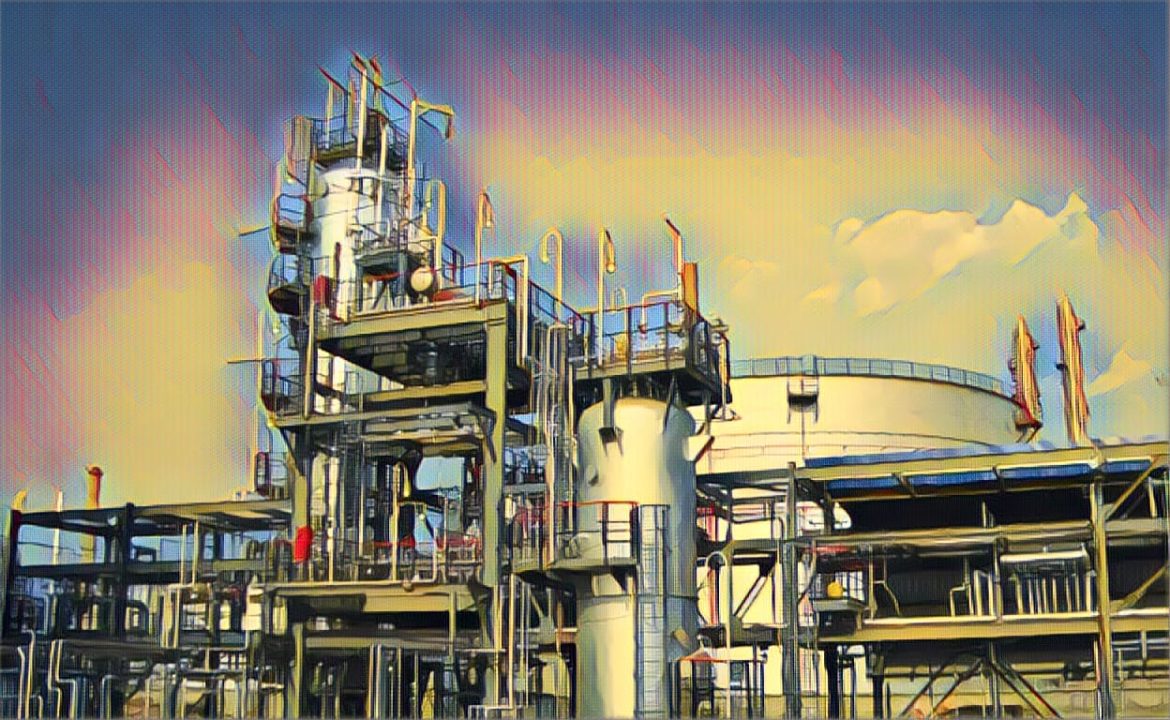The price of oil climbed higher on Wednesday after President Joe Biden said he would replenish the Strategic Petroleum Reserve (SPR), the world’s largest emergency oil stash.
Biden’s decision came as a surprise to many analysts, who expected him to release more oil from the SPR to ease the pressure on consumers and the economy from rising energy costs.
The president announced that he was reversing his predecessor Donald Trump’s sale of 180 million barrels of oil from the SPR in response to Russia’s invasion of Ukraine in 2022.
Based on a report by Reuters, Biden said he wanted to restore the SPR to its full capacity of 727 million barrels, which would require buying back about 46.5 million barrels at current market prices.
He said the move was necessary to ensure the U.S. had enough oil to cope with any future disruptions or emergencies, especially in light of the ongoing conflicts in Gaza and Ukraine, and the uncertainty over Iran’s nuclear program.
Biden also said he was working with Congress to cancel the congressionally mandated sales of another 140 million barrels of SPR oil through 2027, which he said were no longer needed.
The announcement boosted the oil market, which had been struggling with oversupply and weak demand due to the coronavirus pandemic and the transition to cleaner energy sources.
The West Texas Intermediate (WTI) crude oil price rose by 3.7% to $72.34 per barrel, while the Brent crude oil price increased by 3.4% to $75.28 per barrel.
Analysts said the buyback plan could increase the demand for oil by about 100,000 barrels per day, and also signal a more bullish outlook for the energy sector.
“It’s a positive sign for the oil market that the U.S. is willing to invest in its strategic reserves, rather than just use them as a political tool,” said Phil Flynn, senior market analyst at Price Futures Group.
“It shows that the U.S. is taking a long-term view of the oil market, and that it expects the demand for oil to recover and grow in the future.”
However, some experts warned that the buyback plan could also have some negative consequences, such as raising the federal budget deficit, increasing the U.S. dependence on foreign oil, and undermining the efforts to combat climate change.
“It’s a short-sighted and costly move that will only benefit the oil industry and the countries that produce oil, while hurting the U.S. taxpayers and the environment,” said Daniel Yergin, vice chairman of IHS Markit and author of The Prize: The Epic Quest for Oil, Money and Power.
“It’s also a contradiction to the Biden administration’s goal of reducing greenhouse gas emissions and promoting renewable energy sources.”
The U.S. government created the Strategic Petroleum Reserve (SPR) in 1975 after the Arab oil embargo to store emergency crude oil in underground salt caverns at four sites along the Gulf of Mexico coast.
The U.S. government has used the Strategic Petroleum Reserve several times in the past to stabilize the oil market and protect national security, such as during the Gulf War in 1991, Hurricane Katrina in 2005, and the Libyan civil war in 2011
The SPR currently holds about 354 million barrels of oil, which is enough to cover about 36 days of U.S. oil consumption.
They plan to take several months to complete the buyback plan, depending on the availability and price of oil.
Biden said he hoped the plan would help the U.S. and its allies to maintain a stable and secure energy supply, and to prepare for any potential challenges or opportunities in the future.
“We are not going to let our energy security be compromised by anyone or anything,” he said.
“We are going to make sure that we have enough oil to meet our needs, and to support our friends and partners around the world.”



